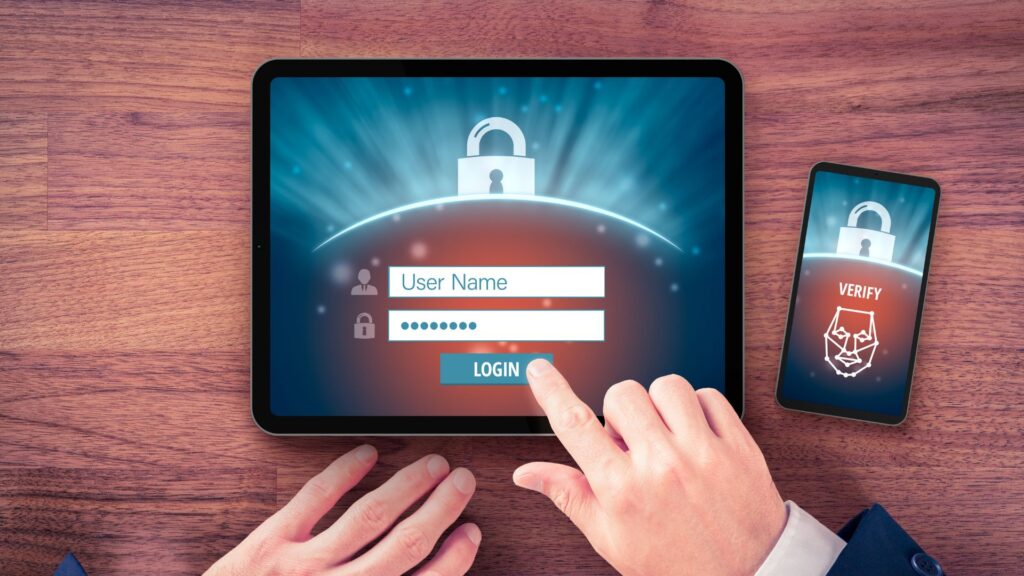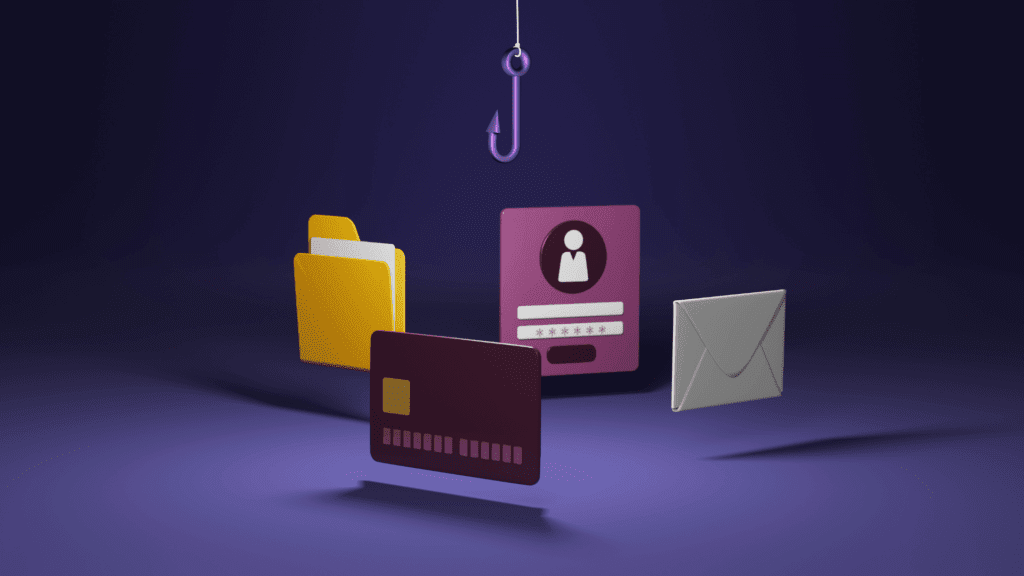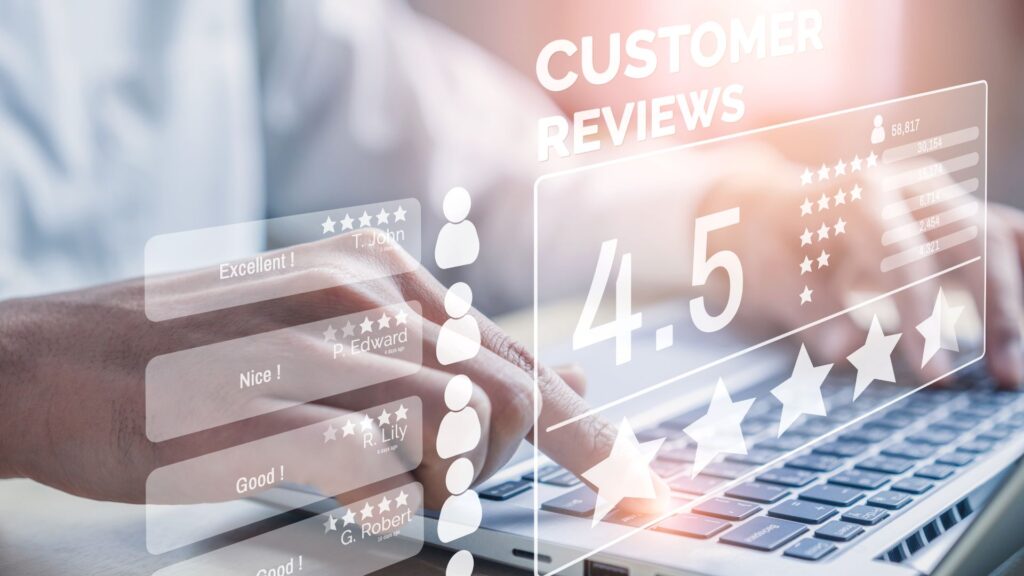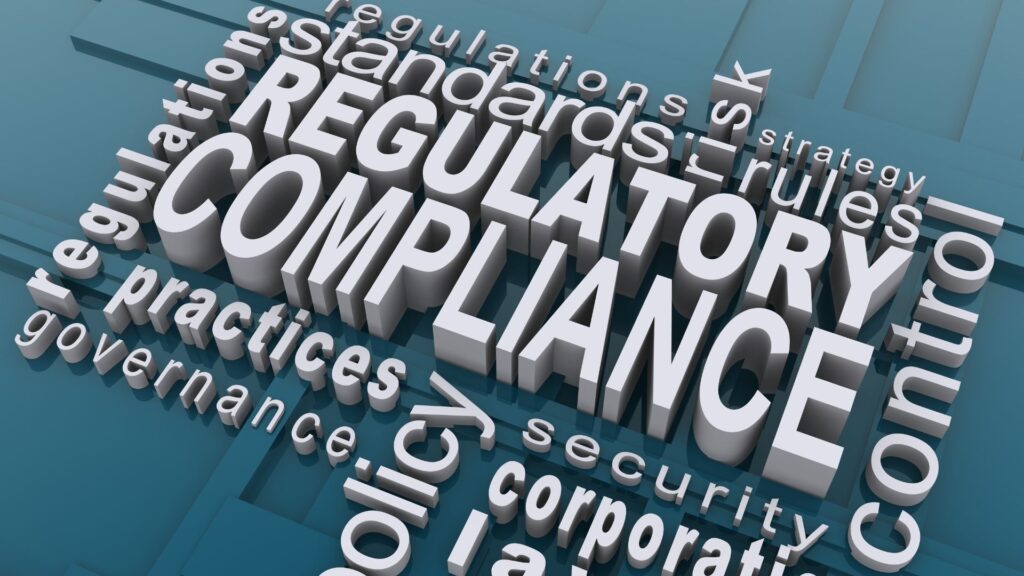In today’s digital age, the need for secure business operations has never been more critical. Small and Medium Enterprises (SMEs), in particular, must prioritize cybersecurity to protect their sensitive data from cyber threats.
One effective security measure is Two-Factor Authentication (2FA), a powerful tool in the arsenal of SME security. This blog post explores the importance of Two-Factor Authentication, its role in SMEs, and future trends in this authentication method.

Introduction
Cybersecurity is no longer a luxury; it’s a necessity. With the increasing number of cyber threats, every business, regardless of its size, is vulnerable to attacks that can compromise its operations. For Small and Medium Enterprises (SMEs), the stakes are even higher. They must implement stringent security measures to protect their business data and maintain customer trust. One such measure is Two-Factor Authentication (2FA), a vital part of enterprise security.
Understanding Two-Factor Authentication
Definition of Two-Factor Authentication
Two-Factor Authentication is a security process in which users provide two different authentication factors to verify their identities. Instead of relying solely on passwords, 2FA adds an extra layer of security by requiring a second form of identity verification. Making it harder for potential intruders to gain access to an account or network.
How Two-Factor Authentication Works
The process of 2FA involves a combination of two separate factors. Something you know (like a password), something you have (like a mobile device or a smart card), or something you are (like a fingerprint or facial recognition). When logging into an account, after entering the username and password, the user is prompted for a second form of authentication. Only after both factors have been correctly verified, the user is granted access.
Here is a short video to understand more in-depth Two-Factor Authentication
Importance of Two-Factor Authentication
Enhancing Security
Two-Factor Authentication (2FA) acts as a critical barrier in the prevention of data breaches. Serving as an effective way to secure accounts beyond just the password. In the digital realm where data breaches have become increasingly common, 2FA adds an essential layer of protection.
When users attempt to login, they are prompted not only for their password but also for a second form of verification. This could be a code sent to their mobile device, a biometric factor like a fingerprint, or a physical token. This additional security measure significantly reduces the risk of unauthorized access, even in instances where passwords have been compromised.
By requiring something the user knows (password) and something the user has (access to a second factor), attackers find it considerably more challenging to breach accounts. Protecting sensitive personal and financial information from being exposed.
The importance of 2FA becomes even more evident in the context of stolen credentials. Cyber attackers often rely on obtaining passwords through phishing attacks, malware, or by exploiting security weaknesses.
However, with 2FA in place, the effectiveness of stolen credentials is greatly diminished. This is because the attacker would also need to possess the second factor of authentication. Which is significantly harder to acquire, especially in real-time.
As a result, 2FA serves not just as an additional hurdle, but as a powerful deterrent against cyber attacks. Organizations and individuals are increasingly adopting 2FA as part of their cybersecurity strategy. Recognizing it as a cost-effective way to enhance their defense mechanisms against the ever-evolving landscape of cyber threats. Through its simple yet effective approach, 2FA plays a pivotal role in safeguarding digital identities and maintaining the integrity of online systems.
Preventing Unauthorized Access
The implementation of Two-Factor Authentication (2FA) introduces an additional layer of security that critically fortifies defenses against unauthorized access. Effectively acting as a gatekeeper that ensures only verified users can access sensitive information.
By necessitating not just one, but two proofs of identity, 2FA provides an extra layer of protection that significantly complicates any hacker’s attempt to hack into and access your account.
This requirement for a secondary verification, whether it be a text message code, an authentication app, or biometric data, means that even if a hacker were to obtain your primary password, the likelihood of them also having access to your second form of authentication is considerably low.
This dual-requirement mechanism effectively deters potential cyber threats. Thereby safeguarding personal and business data against the increasingly sophisticated methods employed by hackers to gain unauthorized access.
Protection Against Phishing Attacks
Phishing attacks pose a significant threat to businesses of all sizes, especially small and medium-sized businesses (SMBs). As attackers often trick users into revealing their usernames and passwords through seemingly legitimate requests.

However, implementing Two-Factor Authentication (2FA) can serve as a powerful countermeasure to these types of cyber threats. With 2FA, even if a user is deceived into providing their login credentials, the attackers would still face the formidable challenge of acquiring the second factor of authentication. For many 2FA setups, this might involve intercepting a text message sent to the user’s phone, which contains a code necessary for completing the login process.
This additional verification step significantly increases security. Making it nearly impossible for attackers to gain unauthorized access solely with the stolen credentials. By adopting 2FA, small businesses and medium-sized businesses can protect their digital assets and customer data more effectively. Thus fortifying their overall cybersecurity posture and ensuring peace of mind for both the business owners and their clientele.
The Role of Two-Factor Authentication in Small and Medium Enterprises
Protecting Sensitive Business Information
For small and medium-sized enterprises (SMEs), the implementation of Two-Factor Authentication (2FA) serves as a crucial defense mechanism. Adding a robust layer of security that safeguards sensitive business information from increasingly sophisticated cyber threats.
By requiring a second form of verification beyond just passwords, 2FA drastically reduces the likelihood of unauthorized access. Even in the event of password compromise.
This security measure not only enhances data safety but also bolsters the overall cybersecurity posture of SMEs. Protecting their assets, customer trust, and reputation in a digital-first world.
Building Trust with Customers
In today’s digital landscape, where cyber security threats loom large, small and medium-sized enterprises (SMEs) have a unique opportunity to build and reinforce trust with their customers by adopting stringent security measures like Two-Factor Authentication (2FA).

When customers see that a business requires an additional verification step to access an online account, it sends a clear signal that the company takes their privacy and data security seriously. This commitment to secure business operations goes a long way in establishing a strong foundation of trust.
For customers, knowing that their personal and financial information is protected against potential security threats not only enhances their confidence in the security of online transactions but also in the integrity of the business itself.
By implementing this authentication process, SMEs not only protect their business from the dire consequences of data breaches and cyber attacks. But also position themselves as trustworthy stewards of their customers’ sensitive information. Which is invaluable in cultivating long-term customer loyalty and trust in an increasingly digital world.
Compliance with Regulatory Standards
The adoption of Two-Factor Authentication (2FA) offers multifaceted benefits for small and medium-sized enterprises (SMEs). Particularly in the context of regulatory compliance and reputation management. Many industries are governed by stringent regulations that mandate businesses to implement robust measures to protect customer data. GDPR is one of the regulations protecting customer data.

By integrating 2FA, SMEs can meet these regulatory requirements, as it provides an additional layer of security that significantly enhances the protection of sensitive information.
This not only helps in avoiding potentially hefty penalties associated with non-compliance but also plays a critical role in safeguarding the reputation of the business.
When customers know that a business is compliant with industry standards and goes the extra mile to secure their data, it fosters a sense of trust and reliability.
Therefore, considering your business’s approach to cyber security and incorporating 2FA can be a strategic move to not just comply with legal standards. But also to demonstrate a commitment to data security. Thereby protecting both your customers and your business’s standing in the industry.
Implementing Two-Factor Authentication in SMEs
Choosing the Right Two-Factor Authentication Solution
Selecting the right Two-Factor Authentication (2FA) solution is pivotal for small and medium-sized enterprises (SMEs) seeking to bolster their security without sacrificing user experience. Below is a checklist of concrete 2FA solutions, highlighting specific tools and technologies that have gained prominence for their reliability, security features, and ease of use:
- YubiKey by Yubico: A physical hardware token that provides strong two-factor, multi-factor (mfa), and passwordless authentication. It’s known for its durability and broad compatibility with various services and protocols.
- Google Authenticator: A software-based authenticator that generates time-based one-time passwords (TOTPs) on smartphones. It’s widely used due to its simplicity and support by numerous online services.
- Authy: Authy offers a similar service to Google Authenticator but with additional features such as cloud backups and multi-device synchronization, enhancing user convenience and recovery options.
- Microsoft Authenticator: Provides TOTP generation like Google Authenticator and Authy, but also offers push notifications for one-tap approval, integrating closely with Microsoft accounts and services.
- Duo Security: Duo Security offers a range of authentication methods, including push notifications, TOTPs, and phone callbacks. It’s designed for businesses seeking scalable security solutions with extensive administrative controls and user management features.
- RSA SecurID: A well-established provider of hardware tokens and software-based solutions offering a secure and scalable way of implementing multi-factor authentication across an organization.
- LastPass Authenticator: Provides TOTP codes and push notification options, integrating smoothly with the LastPass password manager for a cohesive security experience.
- Symantec VIP: Symantec VIP combines physical tokens with a mobile app to generate one-time passwords, offering a solution that is adaptable to various business sizes and needs.
User Education and Training
For 2FA to be truly effective in small and medium-sized enterprises (SMEs), it requires a cultural shift where security is prioritized and understood by all members of the organization.
Education and training programs are essential, not only to demonstrate how to use 2FA technologies but also to underscore their critical role in safeguarding personal and company data against cyber threats.
This approach ensures that employees are not just compliant but are also knowledgeable advocates for cybersecurity within their roles, significantly enhancing the overall security posture of the business.
Challenges and Solutions in Implementing Two-Factor Authentication
While 2FA offers numerous benefits, it also presents challenges, including user resistance and potential technical issues. However, these challenges can be overcome by selecting a user-friendly 2FA solution and providing proper education and training to users.
The adoption of Two-Factor Authentication (2FA) can indeed encounter hurdles such as user resistance, often due to perceived complexity or inconvenience, and technical issues that may arise during integration.
To mitigate these challenges, it’s crucial to choose a 2FA solution that balances robust security with ease of use, ensuring it’s accessible for all users.
Comprehensive education and training programs play a vital role in this process, helping users understand the necessity of 2FA and how it protects their data. Demonstrating the straightforward nature of 2FA operations can significantly reduce resistance. While ongoing support addresses any technical issues swiftly, maintaining the integrity of the security measure.
Through these proactive steps, organizations can ensure the successful implementation of 2FA, enhancing their cybersecurity posture while minimizing disruption to user experience.
Future Trends in Two-Factor Authentication
As cyber threats continue to evolve, so will 2FA. Future trends include the use of biometric data as a second authentication factor and the integration of artificial intelligence. Making the process more secure and user-friendly.
The future of Two-Factor Authentication (2FA) promises to leverage advancements in technology to enhance security and user experience further. The integration of biometric data, such as fingerprints, facial recognition, or iris scans, as a second factor offers a highly secure and unique method of verification that is difficult to replicate or steal.
Additionally, the incorporation of artificial intelligence (AI) can streamline the authentication process. Making it more intuitive and adaptive to the user’s habits and risk profile. Thus balancing the paramount need for security with the demand for convenience and speed in access.
Looking to leverage AI within your authentication process? Contact our experts specialized in AI and bring your business to another level.
Conclusion
In the fight against cyber threats, Two-Factor Authentication is a powerful weapon for SMEs. By adding an extra layer of security, 2FA helps protect sensitive business data, build customer trust, and ensure compliance with regulatory standards. As such, it is an indispensable part of SME cybersecurity and secure business operations.
In an era where cyber threats are increasingly sophisticated, the need for robust security measures like Two-Factor Authentication cannot be overstated. By understanding and implementing such measures, SMEs can not only protect their business but also enhance their reputation and customer trust.
Discover more about :
